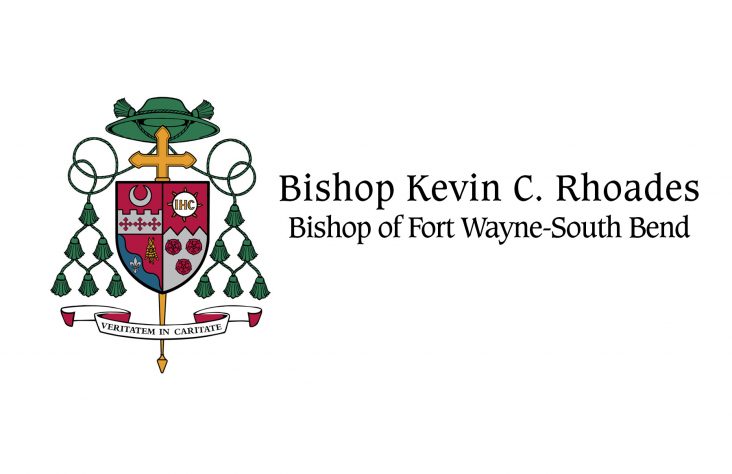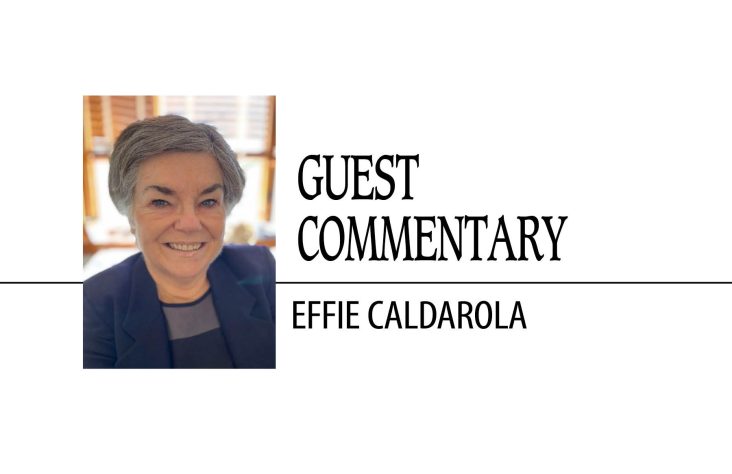February 3, 2010 // Uncategorized
At Mass, St. Damien called role model of charity for today's world
By Mark Zimmermann
WASHINGTON (CNS) — St. Damien of Molokai is a hero in his native Belgium and in the United States — which has adopted him as its newest saint — because of his heroic service to those with Hansen’s disease in Hawaii in the late 1800s.
He was honored with a Jan. 31 Mass of thanksgiving at the Basilica of the National Shrine of the Immaculate Conception in Washington. It was celebrated by Archbishop Pietro Sambi, apostolic nuncio to the United States, on World Leprosy Day, three months after the new saint was canonized during a ceremony in Rome by Pope Benedict XVI.
“Help us, like (St. Damien), to be open to the love of God and serve our brothers and sisters as we would (serve) Jesus himself,” said Msgr. Walter R. Rossi, the shrine’s rector, in welcoming pilgrims to the Mass.
St. Damien of Molokai, recognized by the Catholic Church as a “servant of humanity and a martyr of charity,” was a member of the Congregation of the Sacred Hearts of Jesus and Mary who volunteered for the order’s missions in Hawaii. He had been there nine years when he offered to serve Hansen’s disease patients living in isolation on the island of Molokai in 1873.
That day, the future saint arrived at the sandy beach of the Hawaiian settlement with “only his clerical cassock, and his breviary. … He arrived homeless, poor and detached from worldly possessions, but filled with zeal, commitment and abundant spiritual energy — God’s grace,” said Father William F. Petrie, the provincial for the Congregation of the Sacred Hearts of Jesus and Mary, in his homily.
Numerous members of his congregation, based in Fairhaven, Mass., in the Fall River Diocese, concelebrated the Mass. A contingent of Catholics from the diocese were among those attending the Mass.
Father Petrie said St. Damien drew strength from the Eucharist at daily Mass, and the missionary once wrote, “Having the Lord at my side, I continue to be happy with cheerfulness of heart and a smile on my lips.”
The homilist added, “With that attitude, St. Damien was able to be pastor, doctor, nurse, carpenter, plumber, supply procurer, grave digger, coffin maker and church builder.”
St. Damien contracted leprosy, now known as Hansen’s disease, but he continued serving at Molokai until he died in 1889.
In his homily, Father Petrie said that after Father Damien contracted leprosy, he experienced the isolation, rejection and abandonment of the people whom he served, as church and government authorities often neglected to offer him the support he needed.
“St. Damien was standing on Calvary in his powerlessness … (but) St. Damien had Resurrection joy in his life despite sickness, pain and rejection,” he added. “He could proclaim, ‘I am the happiest missionary in the world.'”
Archbishop Sambi, in his closing remarks at the Mass of thanksgiving, noted that in 1946 the Vatican’s representative to the United States, Archbishop Amleto Cicognani, made a pastoral visit to Hawaii, and said then that Father Damien exemplified these words from the Gospel of St. John: “Greater love than this no one has, than to lay down his life for his friends.”
Guests at the Mass included Elie Loos, general consul of the Embassy of Belgium. Sitting amid nearly two dozen Missionaries of Charity sisters near the front of the basilica was Sister Nirmala Joshi, who succeeded Mother Teresa as superior general of the order and served in that role for 12 years, before being succeeded last year by Sister Mary Prema, a German nun.
In remarks after Communion, Father Petrie noted that St. Damien was a role model for Mother Teresa and said, “The Missionaries of Charity continue the leprosy work Mother Teresa started, filled with compassion and love for the poorest and those in some parts of the world who are wrongfully rejected by society.”
He noted that St. Damien is a patron saint today for “all those stigmatized by society because of disease, sickness, homelessness and poverty.”
Father Petrie said St. Damien’s charitable and compassionate efforts to help the people of Molokai are often cited by priests as one of the key reasons they entered the Congregation of the Sacred Hearts.
St. Damien’s close affiliation with leprosy patients also aligned Father Petrie with Mother Teresa, he said.
After his ordination in 1965, Father Petrie was assigned to minister to Our Lady of Assumption Parish in the Fall River Diocese, but his real desire was to work with lepers like Father Damien. After reading about Mother Teresa’s work with leprosy patients in a magazine article that same year, he decided to offer his help.
“I wrote her and never got an answer,” Father Petrie previously told The Anchor, Fall River diocesan newspaper.
But somehow God would intervene and inspire Father Petrie to keep pursuing Mother Teresa’s mission. He flew to Calcutta on his own dime and simply showed up to volunteer.
“I called up the Missionaries of Charity and I said: ‘My name is Father Petrie and I’d like to speak to Mother Teresa. I came to volunteer for the leprosy ward,'” he said. “The voice on the other end said: ‘This is Mother Teresa, come right over.’ So she didn’t take you seriously until you were right in front of her. She had no recall of my letters.”
Father Petrie, who would work alongside Mother Teresa for the next 22 years as her spiritual adviser, said her love and devotion to then-Blessed Damien would only help cement their bond.
“St. Damien was one of her favorites,” he said. “Even back then she was saying: ‘When is he going to be canonized?'”
“Little did St. Damien realize that we would be celebrating a Mass of thanksgiving on World Leprosy Day at the Basilica of the National Shrine of the Immaculate Conception in honor of his canonization — the ninth saint recognized by the Catholic Church to have worked, lived and died in the United States,” Father Petrie said.
– – –
Contributing to this story was Kenneth J. Souza of Fall River.
The best news. Delivered to your inbox.
Subscribe to our mailing list today.





